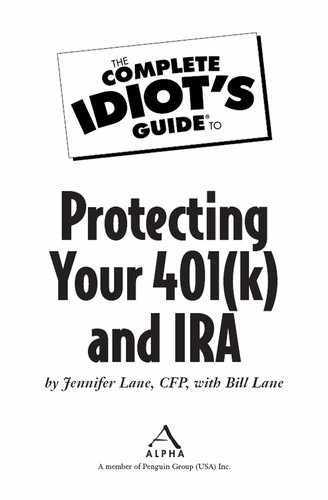Keep It in Balance
This is an important time to keep an eye on your asset allocation. When you were younger, the long time that remained before you would start to make withdrawals worked in your favor. You could keep a higher percentage of your portfolio in higher-risk, higher-reward stock investments and take advantage of regular savings and dollar-cost averaging to ease the volatility of your account balances. Now that you’re close to retirement, you may be more aware of your account balances and how much they change. You might even be tempted to move quickly to a more conservative asset allocation with more cash and bonds and with less stock.
On the other side of the coin, you might feel you’re behind on your saving and be tempted to make your accounts more risky by adding stocks. Don’t let your nervousness about nearing retirement deter you from looking at your asset allocation logically. You have a long-term time horizon as you’ll probably live for at least another 20 years or more after you retire, so stocks should still be part of your portfolio. But don’t overdo your allocation to stocks; your accounts need to be in the position to start making withdrawals soon, something you’ll be loath to do if the market and your account balances are down.
Just as they’re a good example of a diversified asset allocation, target-date mutual funds are a good example of how your portfolio’s asset mix should change as you get closer to retirement. These funds adjust their asset allocation as appropriate for a moderate investor who plans to retire around a target year. For example, the T. Rowe Price Retirement 2010 manages an asset allocation for investors making the transition from career to retirement around that year. Recently, the asset allocation of the fund was 59 percent stocks and 41 bonds and cash. This compares to T. Rowe Price’s asset allocation for people who have already retired as seen in their fund T. Rowe Price Retirement 2005,

Nest Eggs
Stocks are long-term investments that fluctuate in value over the short term. If this makes you anxious, hold more of your stock funds in a separate account and keep your more stable fixed-income investments in another. Think of the stock account as the money you’re not spending for at least another 20 years, and the volatility might not bother you as much.
which recently had 50 percent in stocks and 50 percent in bonds. It’s not a big change, but you can see that a fund serving those already in retirement holds less stock than the fund targeted to slightly younger investors. T. Rowe Price also has a fund called Retirement Income geared at investors who are even further into retirement and invested in an even more conservative allocation. The prospectus for this fund says that it will maintain about 41.5 percent in stock and the remaining percentage in fixed-income investments like bonds and money market. The asset allocations that target-date funds use are good models of what you should be doing with your own asset allocation. Use an asset allocation tool like the ones found on www.DinkyTown.com or www.CalcXML.com to measure your risk and calculate your asset allocation more accurately. A good rule of thumb is to target a mix of about 60 percent stock and 40 percent in fixed income when you retire and then reduce the stock by 10 percent every five years until you have 15 to 20 percent in stock.

Rainy Days
It’s important to have your radar up for unsavory sales practices when you’re shopping for investments, especially at this point on your retirement timeline. Many companies target investors nearing retirement who are vulnerable and nervous about risk in their portfolios. Be especially wary of investments that promise stock market returns without stock market risk and investments offered as once-in-a-lifetime opportunities that can’t be missed.
..................Content has been hidden....................
You can't read the all page of ebook, please click here login for view all page.
